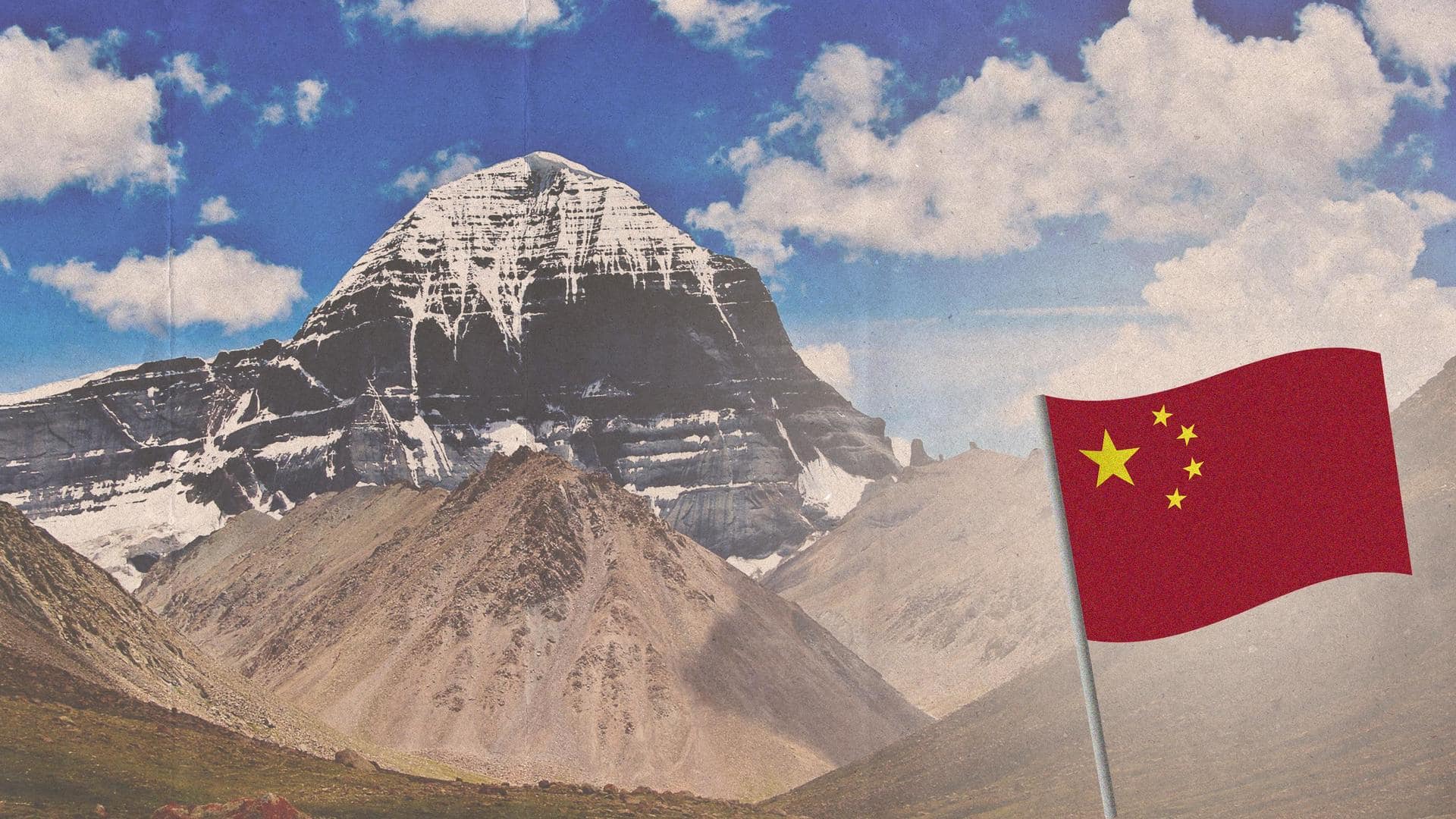
China's news rules for Kailash-Mansarovar Yatra, Indians to pay most
What's the story
After three years, China has reopened several points on its border with Nepal, allowing pilgrims on the Kailash-Mansarovar Yatra. Although it has started issuing visas, a slew of restrictions, including fees hike will make traveling difficult, per reports. Tour operators said the convoluted restrictions have been introduced to control the entry of foreign pilgrims, especially Indians, The Kathmandu Post said, quoting Nepal tour operators.
Context
Why does this story matter?
Mount Kailash and Lake Mansarovar, considered sacred by Hindus, are located in China's Tibet Autonomous Region near the Nepal border and India's Uttarakhand. Notably, border disputes between India and China, which have existed for decades, have escalated over the past years. Both countries fought wars in 1962 and 1967 in Ladakh and along the McMahon Line, the boundary drawn between British India and Tibet.
Memorandum
Charges higher for Indians than other countries: Tour operators' associations
In a memorandum to Chen Song, the Chinese Ambassador to Nepal, three prominent tour operators, namely the Nepal Association of Tour and Travel Agents, the Trekking Agencies Association of Nepal, and the Association of Kailash Tour Operators Nepal, urged him to ease the movement of pilgrims. "The charges fixed by China for Indians are higher than those for tourists from third countries," they said.
Details
Indian will have to spend at least Rs. 1.85 lakh
Reportedly, tourists and pilgrims hiring Nepali workers as guides, porters, or cooks will need to pay $300, or around Rs. 25,000, for the workers entering Tibet. This charge is for "grass damage," which earlier stood at $100. The workers will also have to submit their biometric details. The visa fee for Nepali workers has been raised from Rs. 4,200 to Rs. 13,000.
Visa
No online application system for visas
The Kailash-Mansarovar Yatra is a lucrative package for Nepali tour operators. The report, quoting tour operators, said that the long list of new rules was filled with hassles for Nepalis and Indians. Indian tourists will have to physically get their visa for Tibet from New Delhi as there is no option for applying online, and biometric data has also been made compulsory for visas.
Information
31,000 Indians went to Kailash-Mansarovar in 2019
In 2019, around 31,000 Indians went on the pilgrimage. The Ministry of External Affairs organizes the pilgrimage from June to September every year through two separate routes—Lipulekh Pass in Uttarakhand, and Nathu La in Sikkim. Tourists can also visit it from Nepal's Kathmandu.